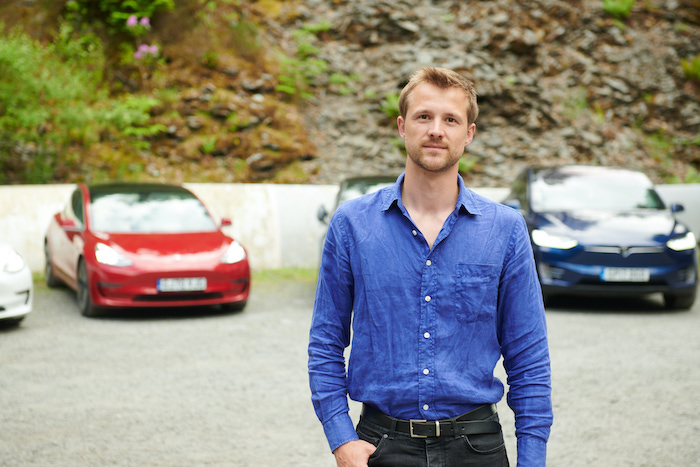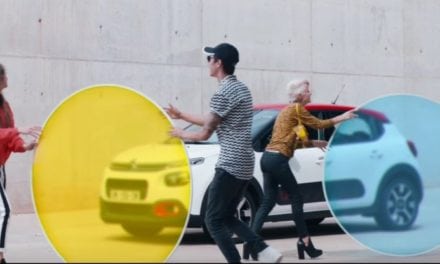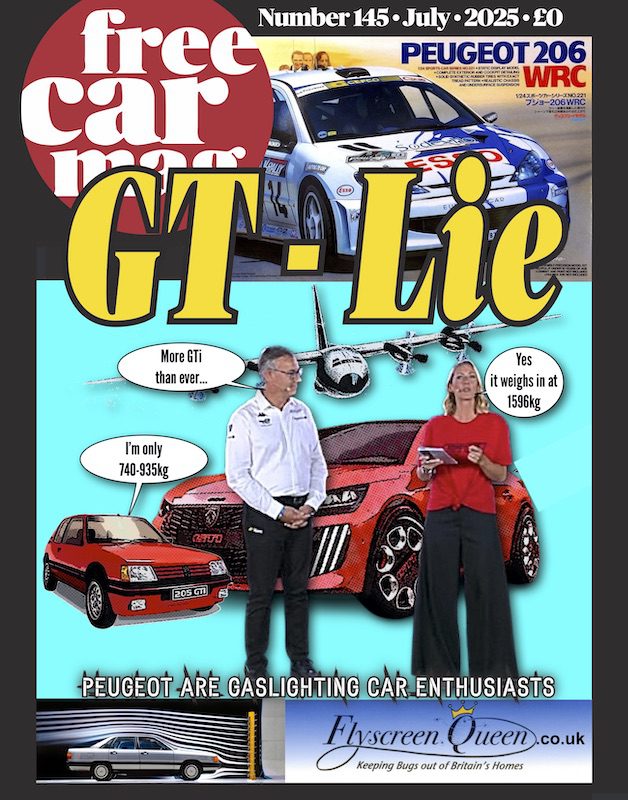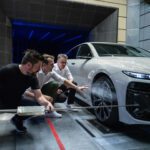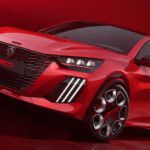Firstly, hats off to ev.energy and William Goldsmith Head of Grid and Data Services for agreeing to speak to us. Whereas so many companies involved in this hide behind their corporate sofas, William was keen to talk and tackle some difficult questions, “I do find myself talking to a lot of people who agree with me.”
I started with a soft one, as on the face of it ev.energy is a company with a clever App, but is that the best way to describe what you do?
“Well, we do a lot of things. Essentially we are a software platform that does EV charging and the key mission is making it greener simpler and cheaper for everyone. We are also an integrator and connect our customers with the energy system in a smart way, by working with car companies and energy utilities. But yes we are also an App that makes charging easier, saves money and earns rewards and at the same time is helping the grid.”
ev.energy has 100,000 customers all around the world and if you visit their website https://www.ev.energy/ it is clearly laid out what they do. Helping EV drivers get the best deal, but as hinted at, there is more as they are helping to plug a shortfall in our energy network.
That would be the The Demand Flexibility Service, which was launched by National Grid ESO in November 2022, which allows consumers and industrial/commercial businesses to be financially incentivised for flexing when they use their electricity. Incidentally if you want to know the detail about how this was done recently then William has written this story https://www.ev.energy/blog/ev-energy-users-participate-in-largest-ever-grid-shift-event-with-national-grid-eso-dfs-programme.
“At ev.energy, we’re lucky to have engaged EV drivers on our platform, however for the Demand Flexibility Program (DFS) we also needed to access their Smart Meter data and obtain additional consent to sign them up to the DFS programme. ‘Trust & Transparency’ is one of our core values at ev.energy, so it’s important to us that users have full clarity over exactly how their car charging will change as a result of joining the programme.”
And briefly how did the scheme work?
“The typical peak time for electric vehicle charging we see on the grid is between 7pm – 9pm and on average across our portfolio an electric vehicle is able to provide 1kW of response at this time by smart charging. At 5:30pm when National Grid ESO called the flexibility event, only 15% of vehicles were plugged-in as many drivers had not yet gotten home and so the average demand reduction across all the participating electric vehicles was 0.35kW. As the number of EVs increase, the time of peak demand will be driven more by EV load. This means the amount of flexibility EVs are able to provide during the national demand peak will increase along with the overall value of Smart Charging.”
Clearly then the customers who opt into the scheme are helping the grid, which is all very nice. However that means there really is a challenge for the grid to deal with this so-called ‘unmanaged charging’ at peak hours when you want to plug in your EV. William reckons that a substantial 30 gigawatts would be required by 2050 when everyone has switched to a battery car.
Doubling the amount of electricity in the network would at the very least involve lots of digging up to lay cable, never mind the actual power stations to provide it and apparently this would jepordise that Net Zero target. The flexibility of charging a car which needs at least 1 to 3 hours to be up the speed compared to boiling a kettle, means that it is ripe for being scheduled to charge at a more convenient time, well for the grid anyway.
That brings up the question of the inconvenience of this sharing arrangement. What if I need my electricity in an emergency. An unscheduled trip to the hospital, or to see my mum, what could I do then?
“A good question, but you can set your charging schedule so that you have a minimal charge setting so there is always 20-30% minimum in your battery. We certainly understand that challenge and the primary function of the vehicle is to be ready when you need it so we prioritise the needs of the driver and have a boost button to temporarily override the settings.”
Sadly that does not answer the question, especially if you needed more than a top up, but a fully charged battery car for whatever purpose. Otherwise all you are doing is helping next door cook their dinner. Will rightly points out that for 18 hours a day any car is parked up and resting, but the whole point of personal transportation is to use it when you want, so maybe that era is coming to end.
It is at this point I took the conversation away from from what ev.energy does to a slightly wider discussion as to whether everyone can actually afford to adopt electricity vehicles. Not much chance of a minimum wage supermarket worker getting to an early hours shift because they cannot afford an EV and there is no bus running at the time. How will the true Bangernomics class cope in the future?
“There are more affordable ways of running cars and it is not necessarily buying them. At the moment 80-90% of company cars are electric, so lease cars 3-4 years old will go to the used market. EVs will become cheaper and they will eventually be accessible and affordable to others.”
Well, that may well be the case and I look forward to seeing what actually happens to the used car marketplace. I bemoaned the pointlessness of Net Zero and the terrible environmental impact of building wind turbines and that there wasn’t much wrong with the good internal combustion engine. William was game enough to answer.
“I can understand that, but renewables is not a novel technology. They are weather dependent and we can use EVs to soak up extra generation and shift it to where it is needed. These remain the cheapest form of generating power and it is best to look at this as an opportunity. Offshore wind is where we lead globally. Oh yes, and when it comes to classic cars, that market is huge and track days are great places to enjoy conventional cars.”
Where does that leave a committed conventional car enthusiast like me? Depressed I suppose, the future seems to suggest owning a car is no longer a passport to freedom. When we all have battery cars in 2050 then whatever we do is subservient to an app on your phone. Maybe that is par for the course as our internal combustion cars can be stranded in a workshop and inconveniently unusable. But only sometimes.
Electricity cars are not the answer, even if they can back up the grid. But if I did have one then what ev.energy are doing is all the things I would need. That includes charging when it is cheapest and then giving me rewards like an Amazon gift card. There is a paid for plan but you can download the Core app for free and try it out.

